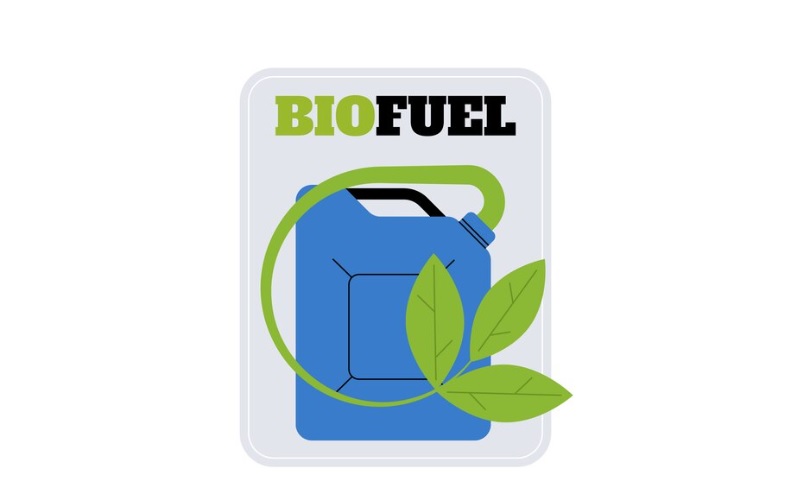The U.S. Department of Agriculture’s Foreign Agricultural Service (USDA FAS) led a trade mission to Lima, Peru, from June 9 to 12, aiming to deepen market access and boost U.S. agricultural exports, with ethanol identified as a key opportunity. The delegation, which included over 50 U.S. agribusinesses and trade groups, sought to address the $3.66 billion U.S. agricultural trade deficit with Peru by strengthening business ties and expanding export prospects in high-potential sectors such as beef, poultry, dairy, and notably, ethanol.
Peru stands as the fourth-largest market for U.S. agricultural exports in South America, and the U.S. is Peru’s second-largest agricultural supplier. Since the U.S.-Peru Trade Promotion Agreement (PTPA) took effect in 2009, bilateral agricultural trade has surged by 263% to $5.3 billion. Despite this growth, the trade deficit remains, prompting renewed efforts to bridge the gap through initiatives like the recent trade mission.
Ethanol has emerged as the leading U.S. agricultural export to Peru, capturing a 90% market share in 2023 and reaching a value of $146 million. This dominance is underpinned by Peru’s policy mandating a minimum 7.8% ethanol blend in gasoline, supporting ongoing import demand and aligning with the country’s climate commitments to reduce carbon emissions by 30% by 2030. In 2024, Peru’s ethanol consumption is forecast at 290 million liters, with domestic production at 210 million liters and imports, primarily from the U.S., expected to reach 190 million liters.
Interestingly, Peru’s ethanol market is characterized by a unique dynamic: while the country imports lower-cost ethanol from the U.S. to meet its domestic blending mandate, it exports its own ethanol production to Europe, where it fetches a premium due to favorable trade agreements and sustainability standards. U.S. ethanol has enjoyed duty-free access to Peru since 2018, further cementing its position as the dominant supplier.
During the first five months of 2025, U.S. ethanol exports to Peru reached 22.63 million gallons, marking a 34% increase over the same period in 2024 and accounting for 3% of all U.S. fuel ethanol exports in that timeframe.
“I am honored to lead this delegation to Lima as we work to strengthen vital connections, grow U.S. agricultural exports and showcase the broad array of products American agriculture has to offer,” said USDA FAS Administrator Daniel Whitley.
Conclusion: Outlook for U.S.-Peru Agricultural Trade
Peru’s growing middle class, urbanization, and evolving consumer preferences continue to drive demand for high-quality, affordable agricultural imports, positioning the U.S. as a key supplier. The robust logistics and distribution infrastructure in Peru further supports this trade relationship. As the PTPA moves toward full implementation by 2026, U.S. exporters anticipate even greater opportunities, particularly in ethanol and other value-added products. The USDA’s ongoing engagement, including trade missions and market development initiatives, is expected to further strengthen economic ties, support rural prosperity in the U.S., and help Peru meet its environmental and energy goals





